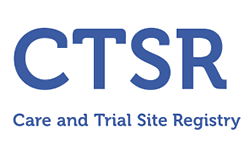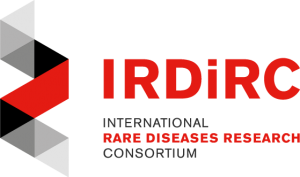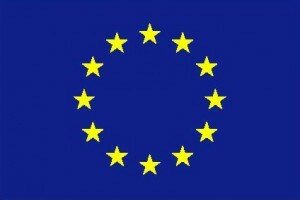Authors
Seyyedmohsen Hosseinibarkooie, Miriam Peters, Laura Torres-Benito, Raphael H. Rastetter, Kristina Hupperich, Andrea Hoffmann, Natalia Mendoza-Ferreira, Anna Kaczmarek, Eva Janzen, Janine Milbradt, Tobias Lamkemeyer, Frank Rigo, C. Frank Bennett, Christoph Guschlbauer, Ansgar Büschges, Matthias Hammerschmidt, Markus Riessland, Min Jeong Kye, Christoph S. Clemen, Brunhilde Wirth
Journal
American Journal of Human Genetics,
Publication date
August 2016
Abstract
Homozygous loss of SMN1 causes spinal muscular atrophy (SMA), the most common and devastating childhood genetic motor-neuron disease. The copy gene SMN2 produces only ∼10% functional SMN protein, insufficient to counteract development of SMA. In contrast, the human genetic modifier plastin 3 (PLS3), an actin-binding and -bundling protein, fully protects against SMA in SMN1-deleted individuals carrying 3–4 SMN2 copies. Here, we demonstrate that the combinatorial effect of suboptimal SMN antisense oligonucleotide treatment and PLS3 overexpression—a situation resembling the human condition in asymptomatic SMN1-deleted individuals—rescues survival (from 14 to >250 days) and motoric abilities in a severe SMA mouse model. Because PLS3 knockout in yeast impairs endocytosis, we hypothesized that disturbed endocytosis might be a key cellular mechanism underlying impaired neurotransmission and neuromuscular junction maintenance in SMA. Indeed, SMN deficit dramatically reduced endocytosis, which was restored to normal levels by PLS3 overexpression. Upon low-frequency electro-stimulation, endocytotic FM1-43 (SynaptoGreen) uptake in the presynaptic terminal of neuromuscular junctions was restored to control levels in SMA-PLS3 mice. Moreover, proteomics and biochemical analysis revealed CORO1C, another F-actin binding protein, whose direct binding to PLS3 is dependent on calcium. Similar to PLS3 overexpression, CORO1C overexpression restored fluid-phase endocytosis in SMN-knockdown cells by elevating F-actin amounts and rescued the axonal truncation and branching phenotype in Smn-depleted zebrafish. Our findings emphasize the power of genetic modifiers to unravel the cellular pathomechanisms underlying SMA and the power of combinatorial therapy based on splice correction of SMN2 and endocytosis improvement to efficiently treat SMA.
Free download of this important paper
DOI link
10.1016/j.ajhg.2016.07.014



